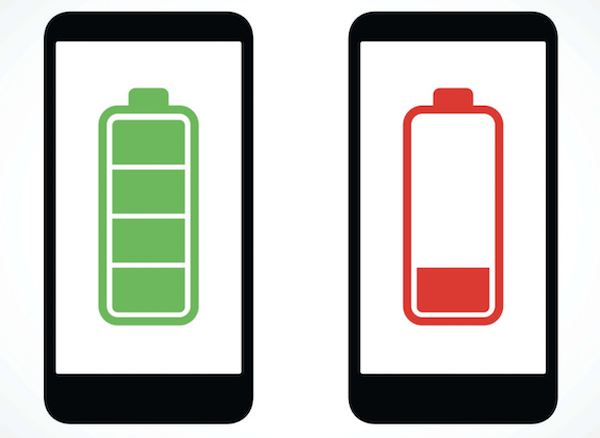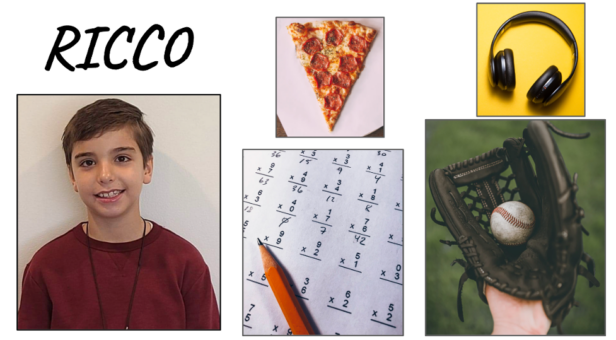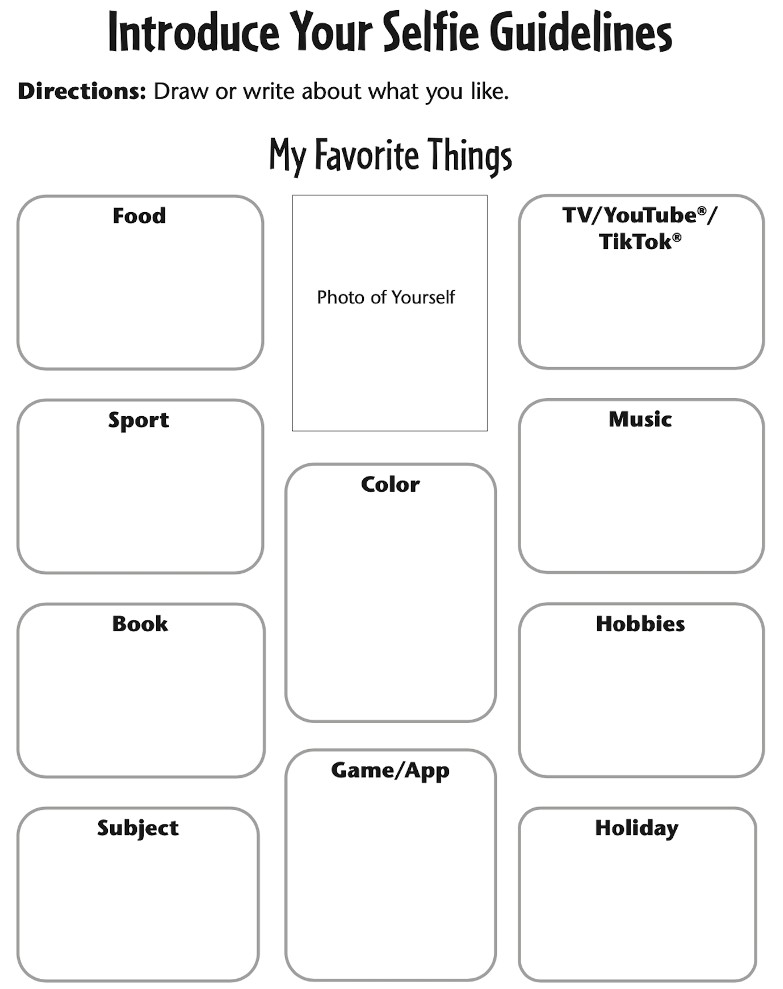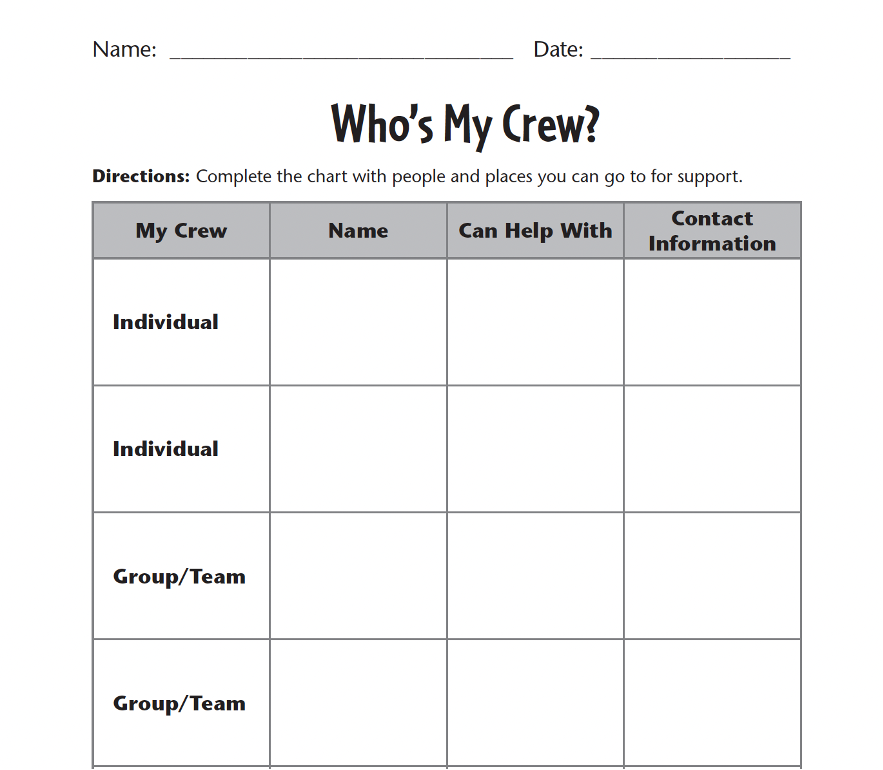3 Fun and Effective SEL Strategies for Grades 4-8
By Trisha DiFazio and Allison Roeser

Trisha
Ten years ago if a teacher stepped out of the room, students would immediately turn and talk to one another. Today, they immediately jump on their phones or retreat into their hoodies. By and large, our students report feeling disconnected from their peers.

Allison
Let’s face it. Teen and preteen years are fraught with strife. Throw a pandemic in there, and you have a perfect storm of stress, anxiety and overwhelm.
So what’s the antidote to disconnection? Connection.
The good news is we, as humans, are social and emotional beings. By leveraging these innate qualities through engagement, we can help foster a sense of connectedness and belonging for our students. For young people to connect with each other, they need to interact with each other.
Spoiler alert: sitting passively listening to a lecture does not promote student interaction.
Schools are crucial places that can help support the health and well-being of our young people. And while Social and Emotional Learning (SEL) isn’t a new concept, SEL skills like managing stress, dealing with emotions and developing positive relationships are more important now than ever.
If these last few years have taught us anything it’s that connection fuels our learning as well as our overall well-being.
Bottom line: Emotion and cognition are linked.
Connections are key. And no, we are not talking about some forced icebreakers (hint: if you don’t like to do them, neither do students). We’re talking about helping students create connections in a low-stakes setting.
We’ve spent years surveying young people about their experience in school. And if we could distill all their answers into one statement, it would be this:
“I want to be seen and heard, but please don’t put me on the spot or embarrass me in front of my peers or my love interest!”
Here are 3 strategies from our book, Social Emotional Learning Starts With Us, that can be implemented in any middle grades content area to increase engagement and connection.
1. Battery Life
This strategy is a great way to gauge overall energy levels of students. Simply ask students what their current battery life is on a scale from 0 percent to 100 percent. Students can hold up an index card or send their answer electronically.
Whether they report being at 5 or 99 percent, it gives us helpful insight to inform interactions moving forward. This check-in question bolsters self-awareness and helps us communicate more authentically with others.
Sometimes we’re at 99% and sometimes we are in a bowl of rice – and that’s OK!
2. Introduce Your Selfie
Kids desperately want to know and connect with their peers, but they often don’t have the social skills or confidence to do so. Can you imagine walking up to the coolest kid in class and just asking who their favorite youtuber is? Probably not. Social situations can be straight up terrifying.
That’s where the activity Introduce Your Selfie can help.
It’s easy.
Step 1: Students fill out their template (below) independently.
Step 2: Put students in pairs. Encourage them to share some of their favorite things. Set the expectation that they are encouraged to talk for the entire time they are together. Feel free to model this practice. There are enough items on the template for them to share.
Step 3: Have students meet with multiple pairs to share their interests. This can take anywhere from 3-5 minutes – it’s entirely up to you.
As facilitator, you can roam around the room and validate students for sharing their interests and ideas.
And remember, never yuck a kid’s yum.
If you don’t know the game or influencer they are discussing, don’t dismiss it. Rather ask students to explain it to you. Students love feeling like they’re in the driver seat and have something to teach you.
3. Who’s Your Crew
We can’t assume that all students know where to go when they need help. Some students may not know where the school psychologist’s office is located in the building or where to go for translation services for their families. This activity helps students identify who and where they can go when they need help.
Seeking help is a life skill rooted in social awareness that pays dividends for many years to come.
The goal of this activity is to help students identify and locate people, groups, or organizations they can go to when they need help. If students have cell phones, they can program important numbers into their phones or store them on cards in their wallets or purses.
Note: Encourage your students to identify adults (e.g., counselor, coach, nurse, neighbor, caseworker/case manager, family members) or this activity can unintentionally devolve into a popularity contest.
Create real-world connections by spotlighting a school resource employee and having them be a guest speaker in your class. Then, display a poster of that person with their contact information.
At the end of the day, the strategies that create connections also enhance classroom and school culture. When students feel safe to be seen and heard they thrive socially, emotionally and academically.
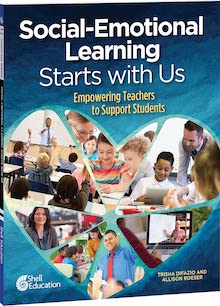
Trisha and Allison are the authors of the new book Social-Emotional Learning Starts With Us: Empowering Teachers to Support Students. which includes many more ideas like the three they’ve shared above.
Allison Roeser, M.H.S., is an education consultant, author, and leadership coach. She is passionate about child welfare and social change and has almost two decades of experience working with leaders in education. Allison holds a Master of Health Science degree from Johns Hopkins University and a Professional Coach Certification and is an Academy Licensed Trainer with the Academy for Coaching Excellence. Previously, Allison served as Deputy Director at Westat, a research organization where she directed studies focused on health and education.


